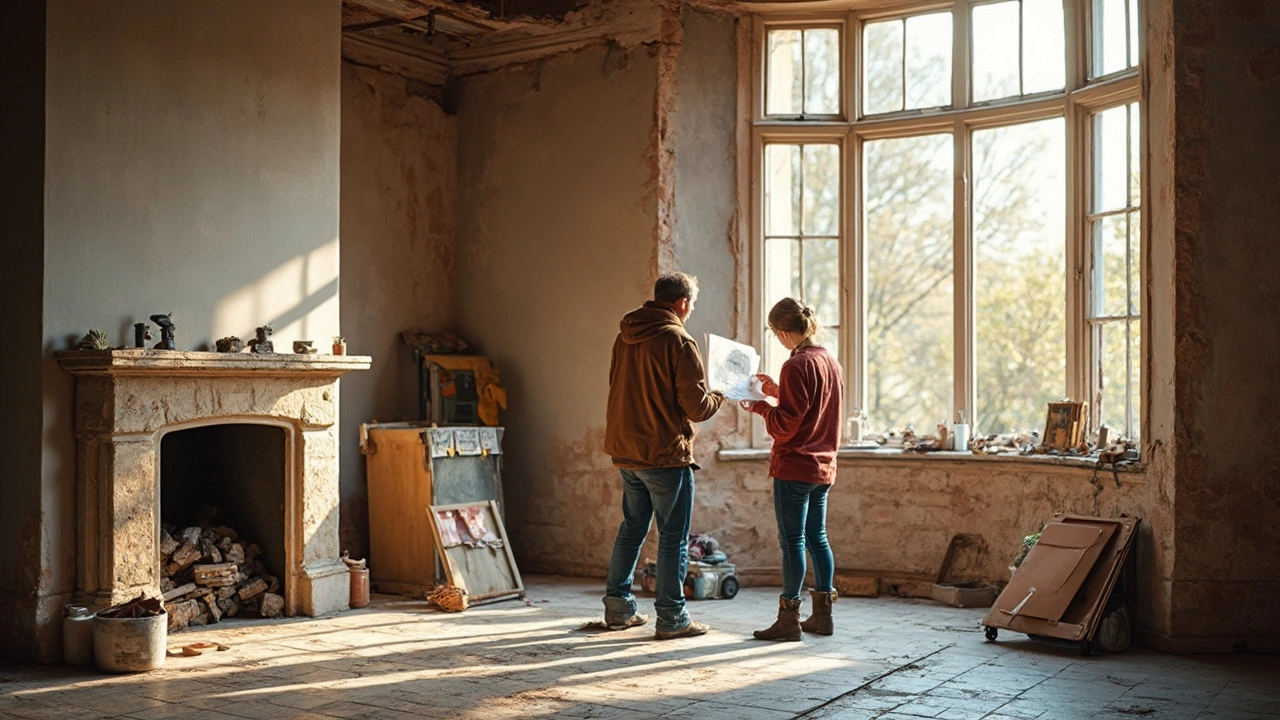Project Planning Made Simple for Home Renovations
Starting a renovation can feel overwhelming, but a solid plan turns chaos into a clear path. Whether you’re turning a dull bathroom into a stylish spa, adding storage cleverness to a small flat, or tackling a big foundation fix, the same planning basics apply. Below you’ll find a straightforward roadmap you can follow right now.
Step‑by‑Step Planning Process
1. Set clear goals. Write down exactly what you want – a new floor, more storage, better lighting, or a mold‑free home. Be specific; “upgrade bathroom” becomes “install a walk‑in shower, new vanity, and waterproof flooring.” This clarity guides every later decision.
2. Create a realistic budget. Look at the biggest cost drivers: materials, labour, permits, and unexpected issues. Use a spreadsheet or a budgeting app, and add a 10‑15% cushion for surprises like hidden mold or foundation cracks.
3. Draft a timeline. Break the project into phases – demo, rough‑in, finishes, and final inspection. A small bathroom remodel can take 2‑3 weeks, while a full house foundation repair may need months. Mark key dates and build in a few buffer days for delivery delays.
4. Pick the right professionals. Research local contractors, check reviews, and ask for quotes. For design‑heavy tasks, a flooring specialist or interior designer can help you choose engineered hardwood or luxury vinyl plank that fits your style and budget.
5. Choose materials early. Decide on floor type, wall finishes, and fixtures before work starts. This prevents last‑minute trips to the store and keeps the timeline on track.
6. Get permits and approvals. Many projects need planning permission, especially structural work or roof replacement. Apply early – the paperwork can take weeks.
7. Plan for waste and clean‑up. Arrange skip bins or recycling for demolition debris. A tidy site keeps workers safe and speeds up the job.
Common Pitfalls and How to Avoid Them
Skipping the inspection. Ignoring signs of mold or foundation movement can lead to costly repairs later. Do a quick visual check and hire a surveyor if you spot cracks or damp spots.
Underestimating time. Over‑optimistic timelines often cause rushed work and mistakes. Add a buffer for each stage and communicate any changes with your contractor right away.
Changing the plan halfway. It’s tempting to add extra storage shelves or a new colour scheme mid‑project, but each change resets the schedule and budget. Freeze the design before demolition begins.
Not budgeting for finishes. Flooring, tiles, and paint look cheap at first but add up fast. Use price‑per‑square‑metre calculators to get accurate numbers.
By following these steps, you’ll keep your renovation smooth, on budget, and finished when you expect. A well‑planned project not only saves money but also reduces stress, letting you enjoy the final result – whether it’s a cozy bedroom, a modern living room, or a sturdy, mold‑free home.
Ready to start? Grab a notebook, write down your goals, and move through the checklist above. You’ll be surprised how quickly the dream space becomes a reality.
In What Order Should You Renovate a House? Step-by-Step Guide for Homeowners
- Gavin Whitaker
- |
- |
- 0
Renovating a house is tricky if you don’t plan out the right order for each step. This article clears up the confusion, covering everything from gutting old walls to final paint touch-ups. Learn why starting with the right rooms can save you headaches and cash. Get smart tips for moving projects along efficiently. Perfect if you want to avoid rookie mistakes and want your renovation to actually add comfort, not chaos.
View more